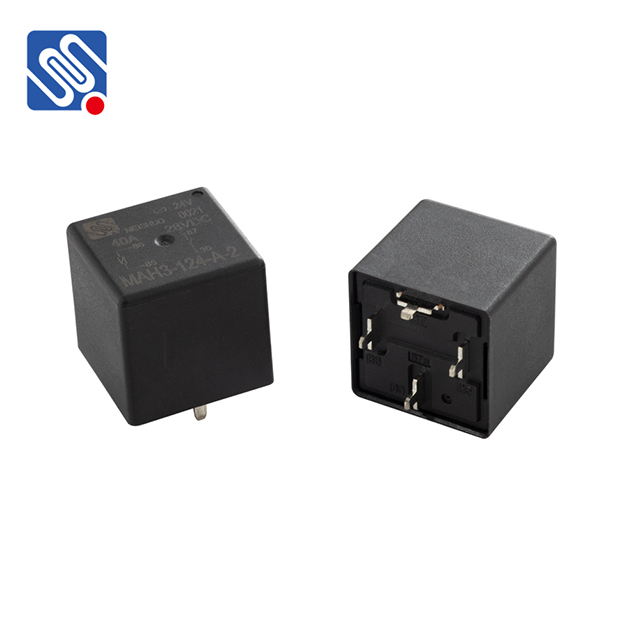Relay assembly is an essential process in the manufacturing and production of electrical devices, widely used in various industries such as automotive, telecommunications, and industrial automation. Relays play a crucial role in controlling the flow of electrical power, and their assembly requires precise techniques to ensure reliability and efficiency. In this article, we will explore the key relay assembly techniques, the steps involved in the assembly process, and the challenges manufacturers face while assembling relays.

The Importance of Relay Assembly A relay is an electrically operated switch that uses an electromagnet to open or close the contacts within a circuit. These components are integral to systems that require controlled switching of high-power circuits with low-power control signals. Relay assembly involves combining multiple parts, including the electromagnet, contacts, armatures, and spring mechanisms, into a single functional unit. Ensuring that each part is correctly assembled and connected is vital for the overall performance and longevity of the relay. Types of Relay Assembly Techniques